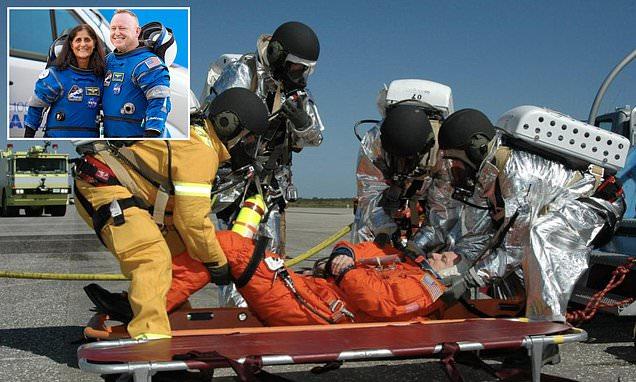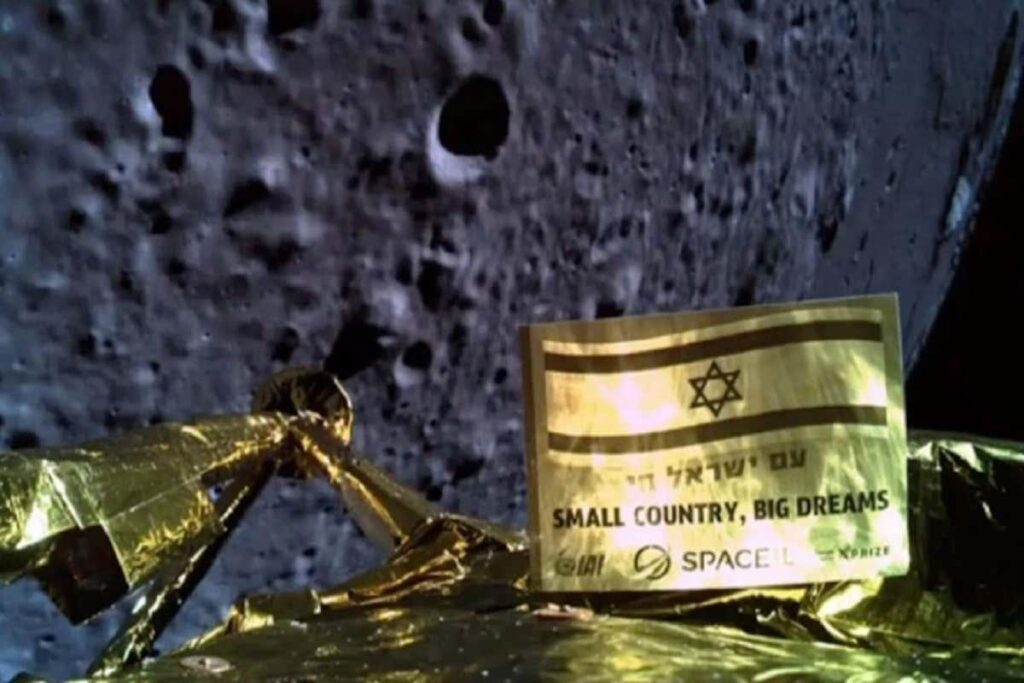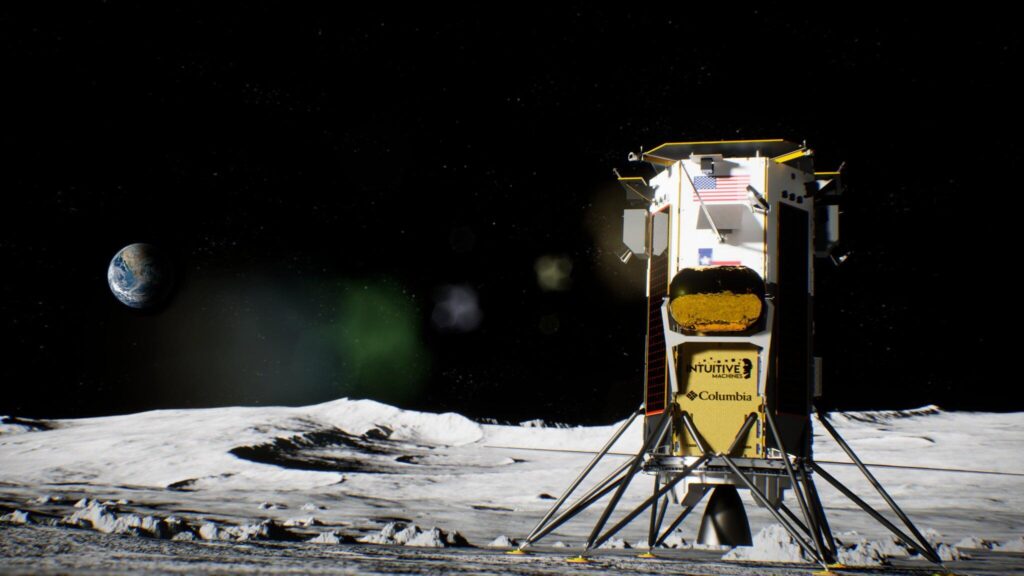In the vast cosmic theater, where celestial bodies dance to gravitational rhythms, humanity dared to rewrite its potential extinction script. Last year, NASA’s DART mission triumphantly nudged an asteroid, proving we might have a fighting chance against a potential planetary apocalypse. But now, emerging scientific data suggests our celestial victory dance might have been premature—a sobering reminder that in the universe’s grand design, our control is more illusion than reality. In a twist of cosmic irony, the celebrated NASA mission that successfully nudged an asteroid off its path now reveals unexpected consequences that have planetary scientists buzzing with concern.The DART (Double Asteroid Redirection Test) mission, which dramatically altered the trajectory of the asteroid Dimorphos in September 2022, has yielded data that challenges previous assumptions about planetary defense strategies.
Recent analysis shows the asteroid’s orbital shift was considerably more dramatic than initial projections suggested. What scientists believed would be a minor course adjustment transformed into a considerable trajectory change that could have unforeseen implications for future asteroid deflection techniques.Researchers discovered the impact created a debris field substantially larger and more complex than anticipated. This unexpected outcome raises critical questions about the potential unpredictability of intentional asteroid manipulation. The cloud of rocky fragments scattered by the collision presents potential complications for future planetary protection scenarios.
Preliminary data indicates the collision generated approximately 2 million pounds of material ejected into space, far exceeding scientific predictions. This massive debris dispersal could potentially create additional navigational challenges for future space missions and potentially introduce unexpected gravitational interactions within the asteroid belt.
The mission’s lead researchers are now reexamining basic assumptions about asteroid dynamics. What initially seemed like a straightforward exhibition of planetary defense technology has morphed into a complex scientific puzzle with multilayered implications for understanding celestial mechanics.
Moreover,the unexpected results challenge existing mathematical models used to predict asteroid behavior. The deviation from expected outcomes suggests current predictive technologies might require significant recalibration and more nuanced understanding of interstellar object interactions.
International astronomical communities are now collaborating to parse through the extensive dataset generated by the DART mission.The goal is to extract meaningful insights that could refine future planetary defense strategies and enhance our understanding of potential asteroid threat mitigation.While the mission remains a groundbreaking achievement in space exploration, these emerging findings underscore the inherent complexity of manipulating celestial bodies. The delicate dance of gravitational forces and the unpredictable nature of cosmic interactions continue to humble even the most complex scientific endeavors.
As researchers digest these revelations,one thing becomes clear: our understanding of asteroid dynamics is far from complete. Each new revelation peels back another layer of complexity in the vast,mysterious theater of space exploration.






